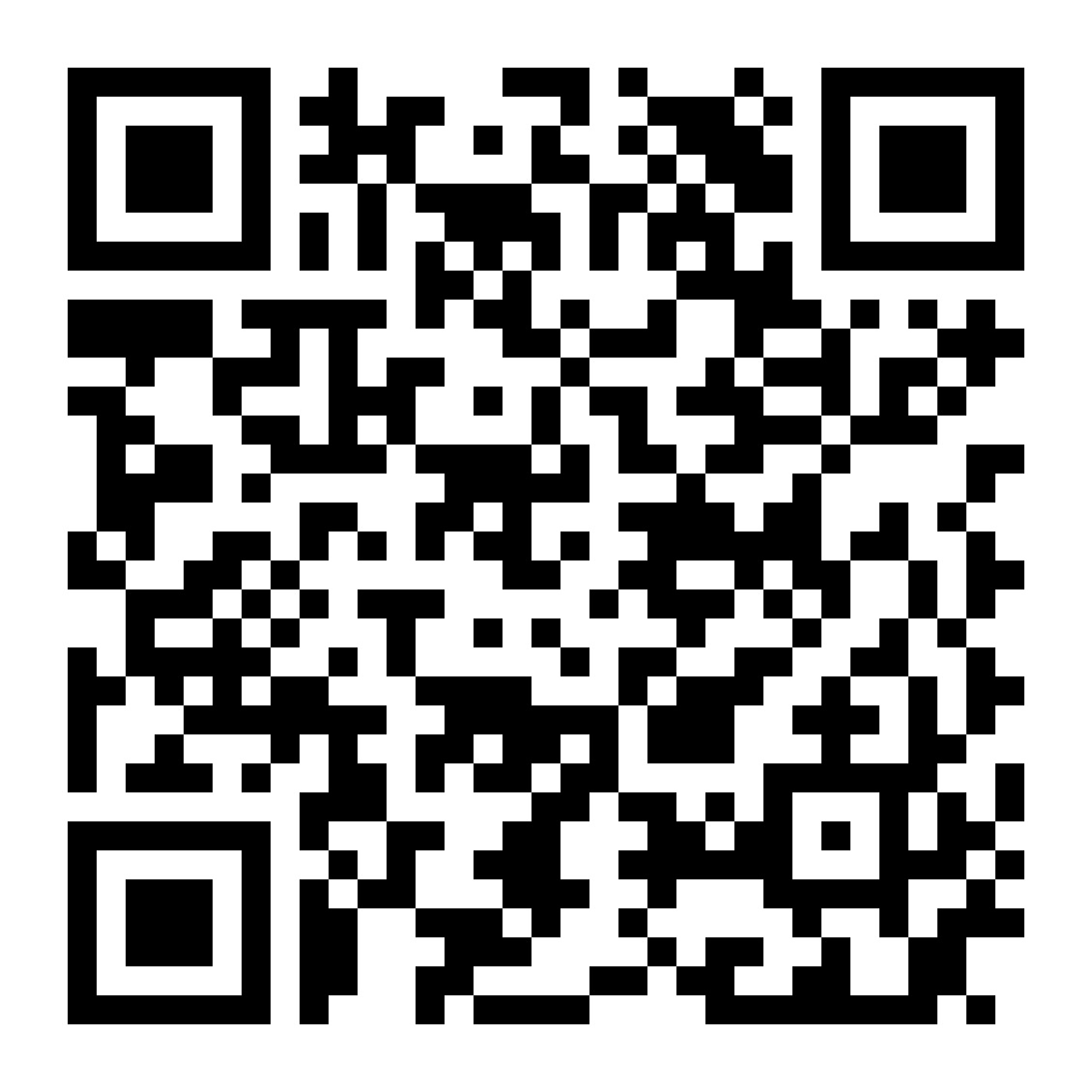Imagine you’re building something — a business, a portfolio, a dream. At every stage, you need one thing to keep going: money that’s available when you need it. That’s liquidity.
Whether you’re trading stocks or running a business (or both), knowing how to manage liquidity can mean the difference between making a smart move — or getting stuck.
Two tools often come up in this conversation:
MTF (Margin Trading Facility) — a way for traders to get extra money to invest
Business cash flow — how money moves in and out of a business
Let’s break them down, see how they work, and when to use which — without making things more complicated than they need to be.
What is MTF (Margin Trading Facility)?
Think of MTF like this: You already own some stocks. But now you want to buy more, and you don’t want to sell your existing holdings just to free up cash. What do you do?
With MTF, your broker lends you money to buy more stocks. In exchange, they use your current stocks as collateral (like security). You now hold a larger position, even though you didn’t pay the full amount upfront.
How it helps with liquidity?
1. You don’t have to sell your stocks to raise cash for a new opportunity
2. You can hold on to long-term bets while still taking short-term trades
But there’s a catch — or rather, a few:
1. You’re borrowing money, so you pay interest daily
2. If the value of your stocks falls too much, you get a margin call — and might be forced to sell or add more money
It’s a useful tool — but not magic money. It amplifies gains, but also amplifies risks.
What is Business Cash Flow?
If MTF is about borrowed money for trading, business cash flow is about how your own money moves in a business.
Every business has three types of cash flows:
1. Operating Cash Flow – money from your actual work (sales, services)
2. Investing Cash Flow – money used to buy or sell assets (like machines or software)
3. Financing Cash Flow – money coming from or going to lenders/investors (like loans or equity)
A business with good cash flow:
1. Pays bills on time
2. Buys raw materials or inventory smoothly
3. Hires people without stress
4. Can even invest for the future without panic
Bad cash flow? That’s when a profitable business still runs out of money because payments come in late, or expenses pile up suddenly.
So while profits matter, cash flow is what keeps the lights on.
MTF vs Business Cash Flow: What’s the Difference?


| Feature | MTF | Business Cash Flow |
| Purpose | Boost trading power | Run daily operations |
| Source of Funds | Borrowed from broker | Earned from business |
| Risk | Market risk, margin calls | Operational delays, payment gaps |
| Cost | Interest on borrowed funds | Sometimes interest (if borrowing) but mostly internal money |
| Control | Somewhat limited (depends on market & broker rules) | Fully in your hands if managed well |
They both deal with how you manage access to money — but in very different contexts.
Example That Makes Sense:
Let’s say Aisha runs a small e-commerce business and also invests in the stock market.
1. She uses business cash flow to pay for packaging, shipping, and staff salaries. She tracks when customers pay her and when she has to pay vendors.
2. Separately, she uses MTF on Paytm Money to buy a larger quantity of a stock she believes in — without selling her long-term holdings.
Here’s what happens if she mixes them up:
1. If she pulls money from the business to meet an MTF margin call, her business may miss payroll.
2. If she invests all business profits into MTF trades, a market dip could hurt her financially — and leave her with no backup.
That’s why it’s important to understand the purpose of each liquidity tool — and not treat them as interchangeable.
Best Practices for Managing Liquidity
1. Match tools to goals. Use MTF only for trading strategies. Use business cash flow for business needs.
2. Know your limits. Don’t over-leverage with MTF — you still have to repay.
3. Separate funds. Keep your business money and trading money in different accounts.
4. Track everything. Whether it’s stock movements or customer payments, knowing what’s coming in and going out gives you power.
Final Thought
Liquidity isn’t about how rich you are — it’s about how ready you are.
Whether you’re placing trades or managing inventory, your ability to act at the right moment depends on cash being available. Tools like MTF and smart cash flow management help — as long as you know why you’re using them and what they cost.
Stay curious, stay cautious — and stay liquid.






